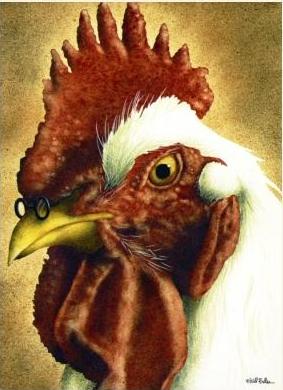You will need:
- Bicycle template
- Thick-nibbed marking pen
- Wooden board (plywood or pine)
- Repositionable spray glue
- Small panel pins
- Hammer
- Pliers
- Embroidery thread or crochet yarn, or thin string
- Scissors
- Pencil
Enlarge the template so you will have
enough space between the panel pins and so the design fits on your wooden
board.
Paint your wooden board first, if you
prefer. While whiting for the paint to
dry you can plan where you are going to hammer the panel pins into the picture
– mark the dots with a tick-nibbed marking pen. Remember to leave enough space between the
pane pins.
Tip:
There are no rules as to how many dots you should make and how far apart
to make them, but remember that, for instance, you need more pins around the
curves. It’s also not necessary for them
to be perfectly parallel; just make sure that you have enough pins for
variation in the lines that your string is going to form.
Spray glue onto the back of the template
and stick it in position on your wooden board.
Use a hammer to insert a panel pin at
each marked dot. You can grip the pins
with pliers if you struggle to hold them in your fingers.
Tip:
Hammer in the pins to more or less the same depth. You can use a small piece of wood or board as
a guide.
When the design is complete, straighten
the pins with the pliers or tap them with the hammer to straighten them if they
are a little skew. Pull of the paper,
starting from the corner.
Choose a starting point and make a secure
double knot around the first pin. Turn
the string around the head of the next pin and continue in this way. Although traditional string art is done
strictly according to the design, this method is not nearly so specific – you
can construct your picture as you wish.
Try, however, not to turn the string more than twice or three times
around the same panel pin and fill in the gaps as you go.








